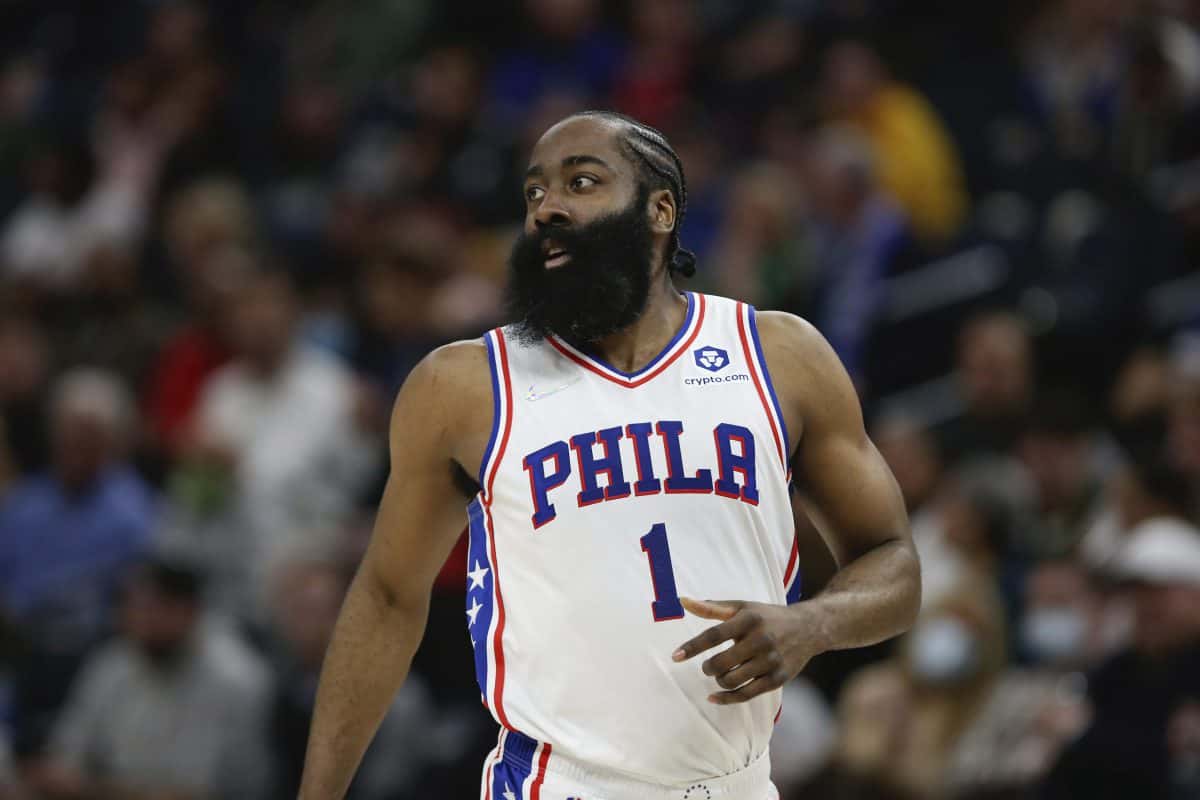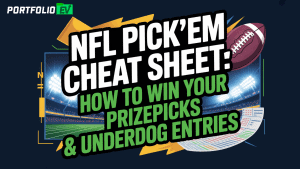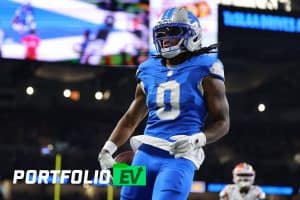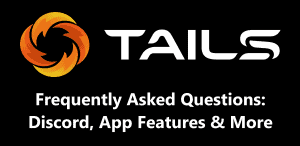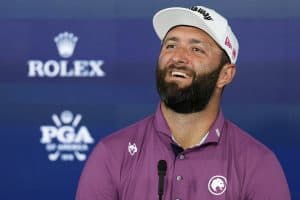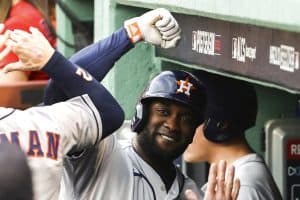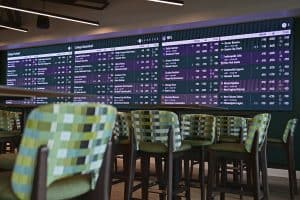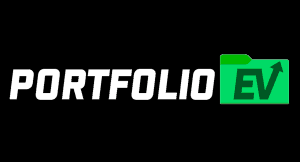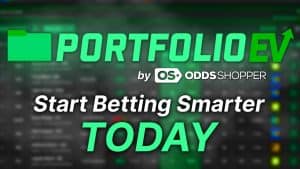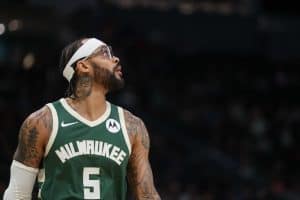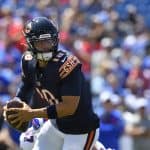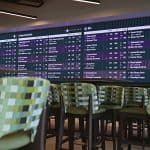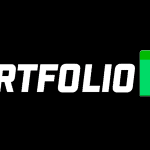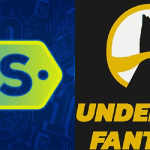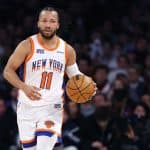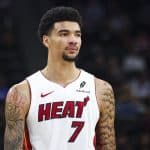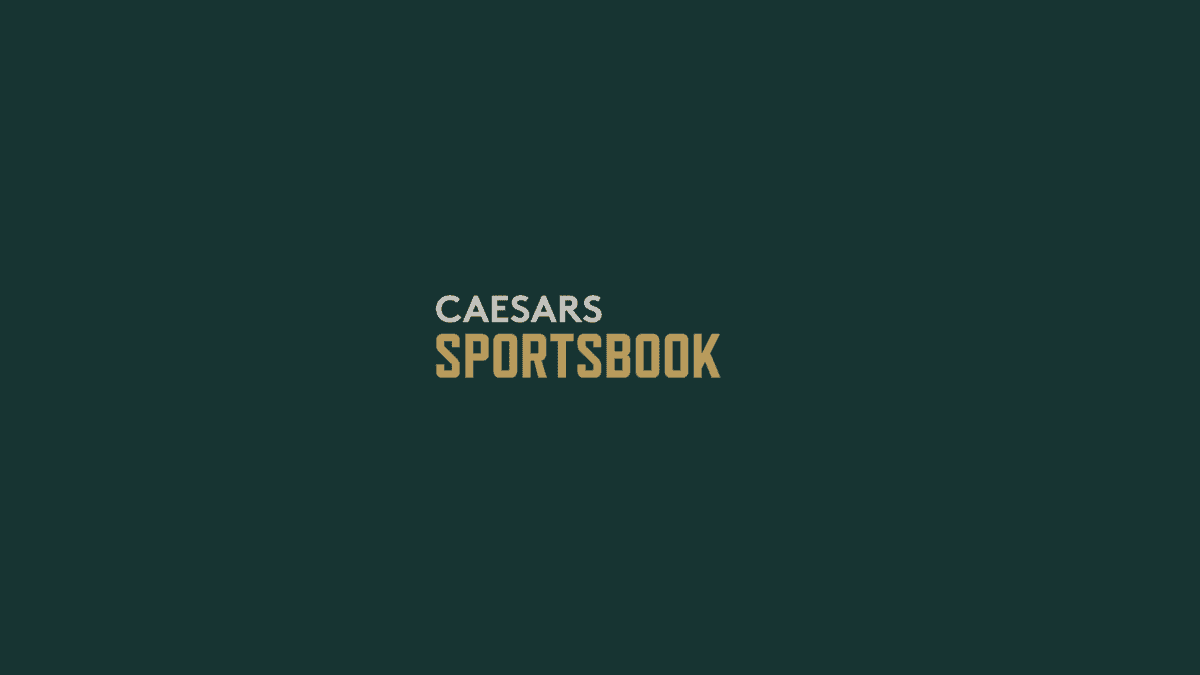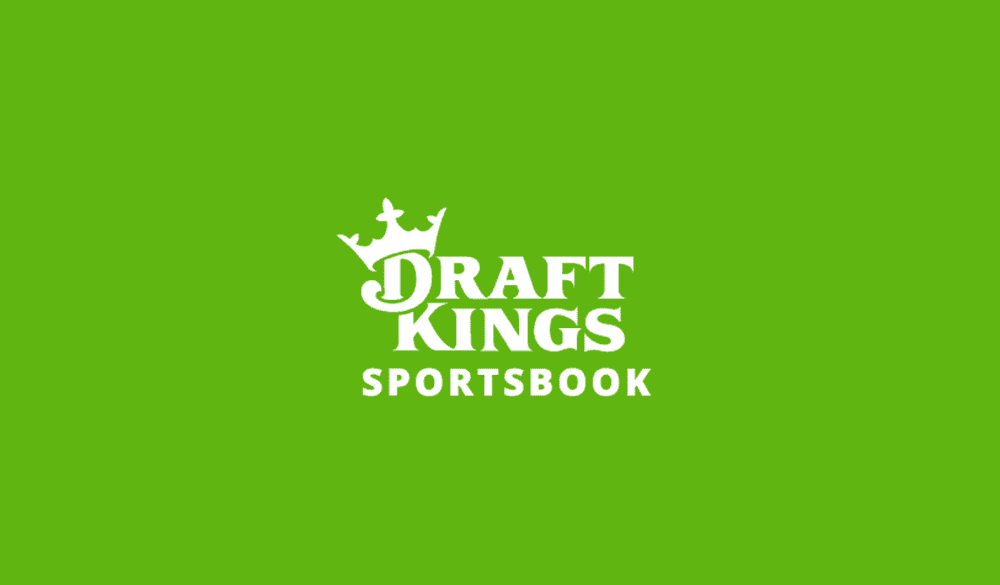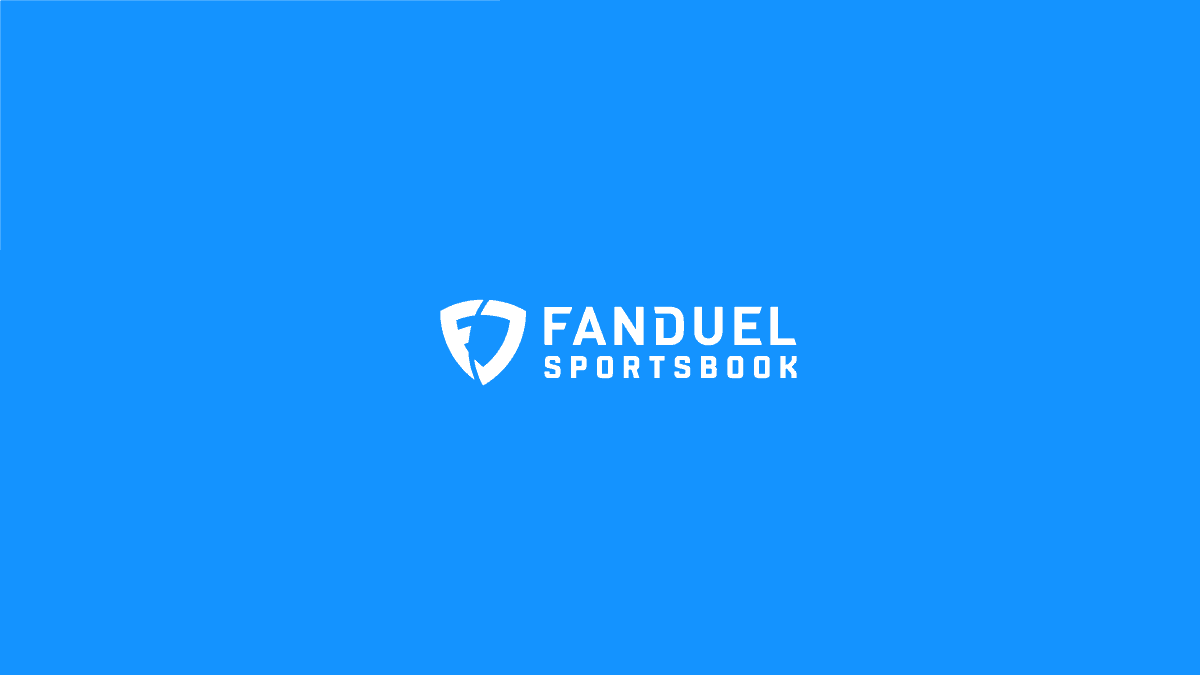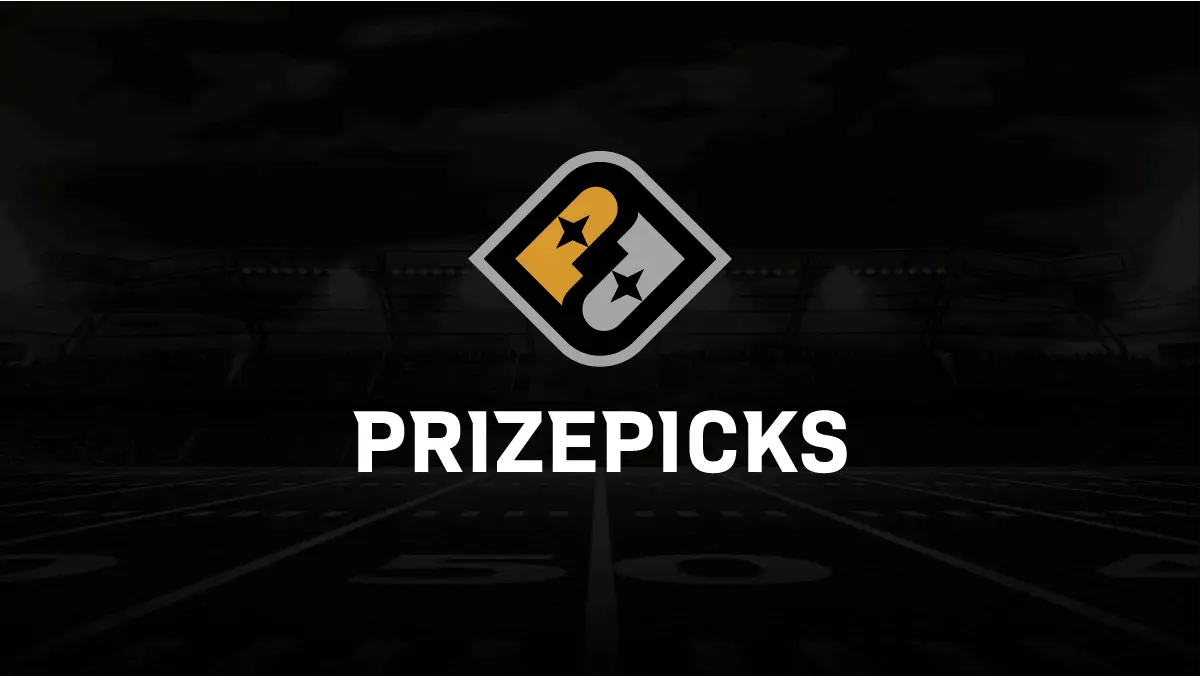There are plenty of questions when it comes to betting on the NBA. In our Discord, our experts held a question-and-answer session to give their opinions on the most important aspects of betting on the NBA, including strategy tips and a breakdown of injury news.
Below is an edited transcript of the Q&A with sports betting experts Greg Ehrenberg, Eric Lindquist, Isaiah Sirois, Eytan Shander, Dave Loughran and Ben Rasa.
The session was held live in our Discord community. Don’t forget to join us in there for more lively discussions like these. Our community is always talking throughout the day about the best betting strategies, news and angles.
How to Bet on the NBA and Win: Strategy & Expert Advice
What are the biggest differences in NBA betting compared to other sports?
Greg Ehrenberg: One, I make more money from it. Two, there’s infinitely more news to create immediate value on lines.
Isaiah Sirois: I am a huge fan of NBA betting because it’s so much more mathematically predictable than other sports. In football, teams get somewhere between 8 and 12 possessions per game, and they can score between 8 (TD + 2-point conversion) and -8 (DEF TD + 2-point conversion) on a possession. In the NBA, teams usually get between 97 and 104 possessions per game and they can score between 4 (3-pointer + foul) and -3 (turnover + fast break/3-pointer).
The small number of possessions in football means that massive swings that are a function of a single play are uncorrectable; the sharp team may lose or fail to cover because there isn’t enough time for regression. That really isn’t the case in basketball. Even if the sharp team does fail to cover, they have 81 other regular-season games to make you money.
While the larger set of possessions and games increases predictability, basketball betting does have one major risk that other sports don’t have as much of: Super late-breaking injury news. Since the NBA operates on a much shorter timeline than the NFL, predicting which players will play can be a lot harder. Sometimes a player may get held out with almost no warning. This can make betting early a bit riskier.
Eric Lindquist: Yeah. The NBA for me is all about being reactionary too. If there’s a major piece of news waiting like Giannis Antetokounmpo being questionable, you can have that bet ready to go as soon as the news drops. Books always take time (sometimes only seconds) to get that line off the board. If you can get that bet through before they realize what’s happening, it’s a long-term print fest.
What are some of the pros and cons of NBA betting?
Dave Loughran: The pro is that there will always be opportunities. The con is that the injury-based opportunities have dried up in recent years. Not entirely, of course, but most books are far quicker to pull games off the board when injury news hits than they were only a couple seasons ago.
GE: One con is that you have to be pretty quick at times to beat the books to injury news. On the pro side, there’s so many injury situations that you don’t need to bet all of them to find valuable bets. There are a lot of value opportunities that open up over the course of the day; especially once we get into the middle parts of the NBA season and there’s rest situations.
EL: In terms of a pro, out of every other sport on Earth, the NBA is more predictable due to the way stats are accumulated, how pace and shooting variance can be factored in, etc. If a line is off, you generally have very obvious methods at calculating why that is and capitalizing on it. One con to NBA betting is that sometimes you’re just on the bad side of some very unexpected piece of news. If a star player gets ruled out unexpectedly right before tip, it changes the entire complexion of the game and there is absolutely nothing you can do about it. Well, besides utilizing a quick trigger cash out button.
Why is injury news SO important in NBA betting?
Eytan Shander: I think the obvious has already been stated. It can be such a determining factor depending on how good the player is that’s injured… but there are opportunities as well. If you have a lean that a guy is out, you can bet overs on whoever will benefit the most from his absence. If you see a couple of guys down on a team, especially at a certain position, it’s easier to get a lower number before someone is officially ruled out. The big thing is not getting caught holding the bag when Embiid is ruled out, etc.
GE: I assume every line is fair and the books are better at settling lines than me. But those lines can’t account for unexpected injury news. If I’m betting a line as soon as injury news breaks, I know with 100% certainty that I’m getting value because the original line is fairly accurate but is not taking that news into consideration.
EL: I couldn’t have said it any better than that. I’ll add that injury news can also apply to the prop market in addition to betting lines. Think of who the direct beneficiaries are of said injury news and apply the same rationale that you would to the betting line.
Why should you take advantage of player props in the morning before lines move? What are the best strategies to take advantage of this?
IS: There are a couple of reasons to bet props early. The first is that they’ll void if a player doesn’t suit up. While you’ll get stuck with a spread or total at the number you originally bet it at if a key player is ruled out, the same isn’t true for player props. Sure, you may get stuck playing an under that you don’t like anymore because that player’s teammate is now out. Or vice versa with the over because you’re speculating that their teammate will miss time. That’s a pretty sharp NBA betting strategy for player props if you’re lucky enough to get some juicy news when the prop markets are already open.
The second reason to bet props early is that the lines are less sharp. Books are a bit better at spreads/total than they are at props. Good numbers will get bid off the board by sharps once they’re posted. If you have access to a good model for player stats (which ya’ll do…) you’re probably on the same page as most books, if not slightly ahead of them.
ES: More bets come in as the day moves on and injury news becomes available to people. The simple NBA betting strategy is trying to get in on a number before it changes. That can simply mean getting a plus return in the morning before a book catches on.
How and why should I take advantage of OddsShopper this upcoming NBA Season?
ES: OddsShopper is going to help find that value for you right in the morning. So while we just spoke about why there’s value in the morning lines, the site does the heavy lifting for us. Matching and then beating the best numbers vs. Pinnacle… especially with player props. Props are smaller markets with less eyes on them. It’s a great starter tool, but also a necessary time saver for volume betting.
GE: OddsShopper is great for finding the best lines. If you think there’s value on the Knicks for instance, it makes sense to look at OddsShopper to see all the best lines and to make sure you aren’t betting +5 when a +5.5 line is available.
Can you explain what Closing Line Value (CLV) is?
Ben Rasa: Lots of people talk down about CLV, but it’s actually super important. If you’re not getting CLV or the line is moving against you, you’re betting against the sharps. That’s never smart unless you’ve got a piece of information that they don’t have… which you almost never do,
People who talk down on CLV are missing out on what it allows you to do: middle. If you get a Clippers +3 at some point in the day but the line closes at Clippers -1, you can bet both sides for a chance that both bets hit. If you don’t get the middle, you’ll eat the vig, but that’s a smaller loss than just losing your first bet outright. It’s obviously sharper to middle over the widest range that you can. You’ll rarely get to do that with the difference between opening and closing lines, but it’s still something that’s completely unavailable to bettors who aren’t actively looking for CLV.
GE: When you bet something you are locked in at a certain price even though new information will continue to come in and adjust the line until tip. If you are getting a price that is better than the closing line, then you are creating CLV. The closing line is always more efficient than the opening line since it has more information. Beating the closing line is one of the biggest indicators that you are making good bets.
BR: Quick example of this is: say you bet the Lakers -5 but by tip off they are -8. You still get Lakers -5 and CLV since the price is now -8.
What makes NBA Futures bets one of the most profitable NBA bets?
EL: While books are getting faster to react to injury news on spreads and moneylines, they are still extremely slow to update futures markets. For instance, @rynpak and I bet on LaMelo Ball to win Rookie of the Year a couple of years ago. Ball was presumed out for the season and Anthony Edwards was the betting favorite at the time. It was announced that Ball was returning, which basically secured him the ROY award and the line didn’t move for a couple of hours. Futures markets take less action on a day-to-day basis, so the numbers can get stale.
What is a teaser and what is an effective way to bet them for the NBA?
DL: Don’t. For what it’s worth, I do think it’s a great question to ask because a lot of newer bettors just assume teasers are free money. Like they can’t lose.
BR: A teaser is when you get to move the spread a certain number of points in your favor. If you are betting for fun, teasers are awesome. NBA teasers are –EV and doing so on totals is even worse than spreads. Teasers always look great because you get to move the lines, but the breakeven math doesn’t add up.
ES: I do not tease in the NBA and think it’s certainly worth a convo here. There are key numbers, for sure, but not like in the NFL. Really, football is the only sport you should consider teasers for and do so for sides only. It’s just not doing enough to help you in basketball betting, especially with free throws and blowout potential much higher in the NBA than the NFL.
How do you take advantage of in-game NBA betting throughout the season? Are there any tips or tricks? What are your NBA betting strategies?
IS: This gets back to what we were saying earlier about middling. Live betting is great in two situations. First, when you hit on the opening line and the live line gives you a wide range of outcomes to middle. For example, if you bet Clippers -3 and they go up by 1 against the Bucks in the first half, you can probably get the Bucks at something like +6. There is a chance that both bets hit, allowing you to make twice what you have otherwise and to leave the game with at least some level of payout. Middling is one of the best NBA betting strategies.
Live betting is also great when the books over or undervalue one of the teams on the court. This can happen when a good team gets down terribly, either because they can’t make a shot or the other team is making everything. Regression will usually even those things out. That makes the good team a sharp bet at the lengthened odds the books are offering. Books can also overvalue a team when their line doesn’t adjust for an important player getting hurt or when he gets into foul trouble.
BR: Live betting, to me, is more art than science. If you see something that seems unstainable you can try to buy low. A team that is 1-15 from three that is usually a good shooting team is an example of this. Or, if someone is in foul trouble and sits in the first half you can react accordingly to that situation; especially if you know the team’s coaching tendencies.
GE: The biggest thing about the NBA and watching a game live is getting a feel for when, or if, a run is coming. You can tell that later in the year a team that is on a back-to-back and maybe sitting a couple guys is probably done and won’t make a run. Another great situation that has already been mentioned twice is early foul trouble, especially to a big star. That is always a good one to jump on in live betting.
DL: Live betting is a lot of fun. You just need to know when to quit. It’s super easy to keep chasing a heavy pre-game favorite by continuing to hit the live line because they’re down ten and there’s no way they can shoot poorly all game. The thing is, sometimes they do.
What strategies do you use to be able to make bets as fast as humanly possible? I work all day and I don’t have a job that allows me to follow too much sports news during work hours. I’ve had a hard time reacting to news fast enough to beat the books. Are there tools you use? Are there certain alerts I should be signed up for?
I’m always struggling with 2-factor authentication sign-ins and stuff like that. How do you manage the technical side of fast reactions?
EL: Text alerts on Twitter and the nba_breaking_news channel here in Discord. Subscribe to every source that you find reliable.
Sounds absurd, but I would rather take 2-factor off, or if it’s a piece of news that you’re expecting word on at some point, you can have the line queued up and ready to submit if the news breaks the way you’re expecting it to. With unexpected news, you’ll be at a disadvantage with two-factor.
GE: I stay logged into my sites on my computer all day. My iPad, to be more specific.
For any of the regular NBA prop bettors, did you notice any advantages in the weekends since that’s often when the most players are resting and lineup shakeups occur?
ES: Yes, especially earlier in the day. Sometimes you won’t see them up because that’s part of their defense against it, but absolutely yes to that on the weekend.
Is there still value in betting lines without injury news or are the books too sharp to find edges? Is there an easy NBA strategy to make a profit?
IS: There are definitely some edges. Books were really low on Memphis most of last year and they went 59-34 ATS. Books were really high on Brooklyn at home last year and they went 9-34-1 ATS at the Barclays Center. Targeting trends like these is a sound NBA betting strategy.
How do you feel about a dog that is +3 or less? Do you take the points? Or the juice on the moneyline? I tend to take the plus money on the moneyline.
IS: I’ll sometimes just play the moneyline, but more often I will just split my unit between the spread and the moneyline. That’s another sound NBA betting strategy that prevents you from incurring too much risk.
BR: If the math checks out on what the moneyline number is, then I would tend to forgo the points too. It’s situational to some extent
Let’s say I bet $10 and the next day the cash out is less. That’s a -CLV because the line moved against me, right?
IS: Yes, but even if the line moves in your favor the books may still not let you cash out your bet in full or for a profit. I’ve had lines move 1-2 points and I still wouldn’t have been able to get my money back!
Do you try to correlate player prop plays with game lines? Obviously with certain bets it doesn’t really matter, but would you bet a player point total over 30 and then take the other team on the spread or moneyline?
BR: They do correlate so most likely the team you like is going to be over centric on player props. Not always, but it’s just planning out why you like a certain team and how they can be effectively wagered on.
DL: That is entirely dependent on the specific matchup. Sure — a mega high-usage player on a bad team can drop 30+ and lose every night.
Should I always be betting odds boosts like these ones below when I see them?
IS: No. Books will boost -EV lines and also “miscalculate” the original line. If you try making a same-game parlay with those legs, they sometimes have longer odds than the “Was” line.
BR: I wouldn’t say always, but generally they are solid bets. Try and find a relatable line without the boost to see where exactly the true line is at. That usually tells the story on whether the boost is worth taking. I just tried the first one in a same-game parlay and got +156, does that mean I should bet the top one or are they lying about the odds? The second one I got at +140, so they did lie a good amount about that…
GE: In general, just don’t do it. You are paying extra vig even if the number looks better on the two together. You will make more money over the long term by betting those lines individually if they have value.
How many points are elite players worth to the line? For example, in the NFL we often hear that QBs can impact the line as much as 7 points. If LeBron James, Stephen Curry, James Harden or Kevin Durant are out, how much should we expect the line to move? Said another way: how much should injuries to star players influence my NBA betting strategy?
GE: It’s going to depend on two factors. First, how valuable the player is individually. Second, how valuable the backup is. DeAndre Jordan is the backup center for the Nuggets this year. Jordan is terrible, so Nikola Jokic being out is going to be worth a ton to Denver’s odds.
How do you feel about jumping player props before lines?
People always go to the line when injury news comes out, which might be the right play. I usually try to hit player props first; I think there is more value there and in multiple places. If Giannis is out, I want Middleton’s points over, Bobby Portis’ rebounds over and Jrue Holiday’s assists. Stuff like that has been good to me if you hit it fast enough.
GE: They’re all good value, but I agree that player props are better value than the spread/line for an injury, if you have to choose one for your NBA betting strategy.
